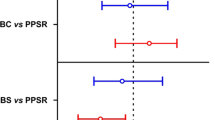Abstract
Differences in the phenotypic characteristics between individuals falling prey to predators and conspecifics avoiding predation will reflect the intensity of selection on prey. If prey are generally in poor condition, we predicted that they should have an inferior health status in comparison to individuals dying for other reasons. We investigated this prediction for prey and conspecifics that did not die from predation by comparing the size of the spleen, which is an important immune defence organ reflecting one component of immunocompetence, using 18 species of passerine birds and domestic cat Felis catus predators as a model system. Prey had consistently smaller spleens than non-prey, implying that they had weak immune systems. The data set did not indicate that sex or age, month of death, body mass, body condition, liver mass, wing length or tarsus length differed significantly between prey and non-prey. Thus there was little evidence of confounding factors affecting the results. These observations indirectly suggest that disease and parasitism may play an important role in predator-prey interactions.
Similar content being viewed by others
Author information
Authors and Affiliations
Additional information
Received: 4 August 1999 / Accepted: 7 October 1999
Rights and permissions
About this article
Cite this article
Møller, A., Erritzøe, J. Predation against birds with low immunocompetence. Oecologia 122, 500–504 (2000). https://doi.org/10.1007/s004420050972
Issue Date:
DOI: https://doi.org/10.1007/s004420050972




